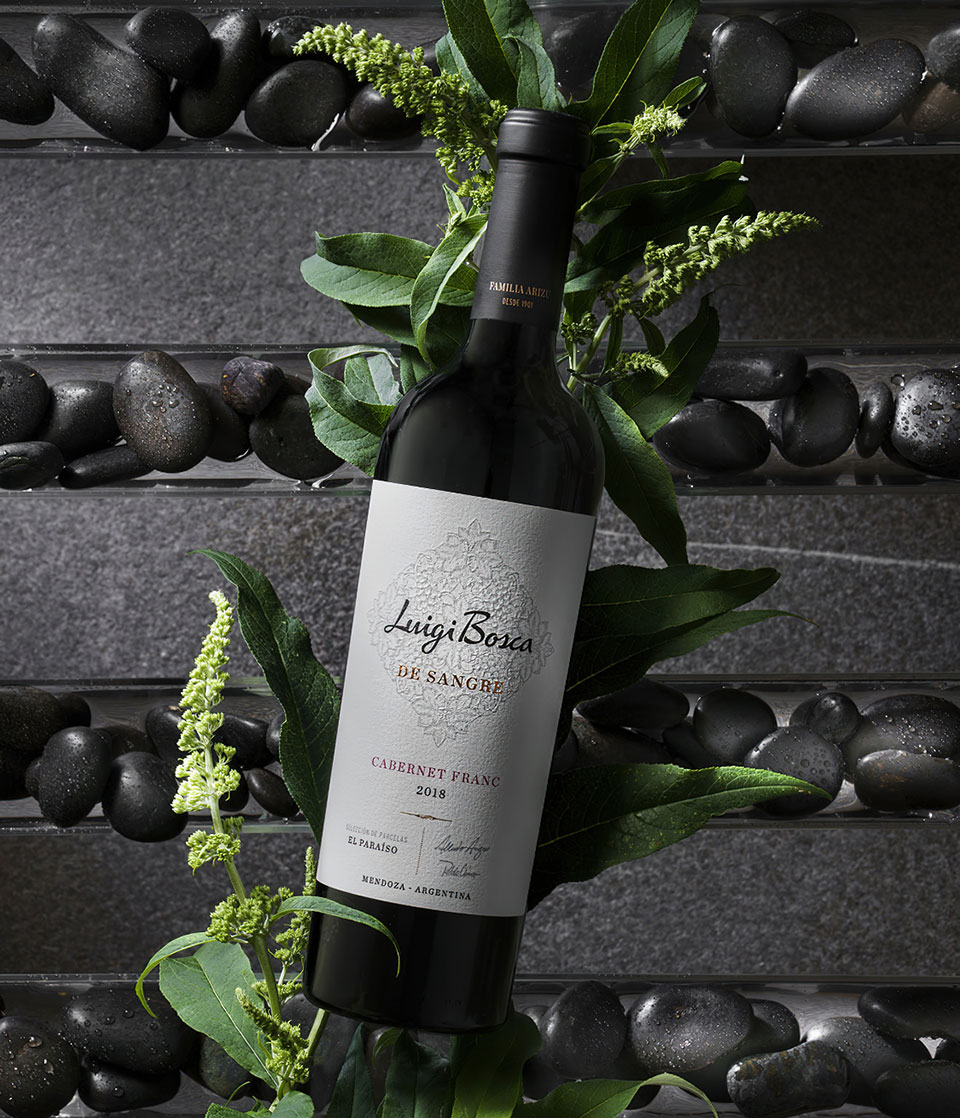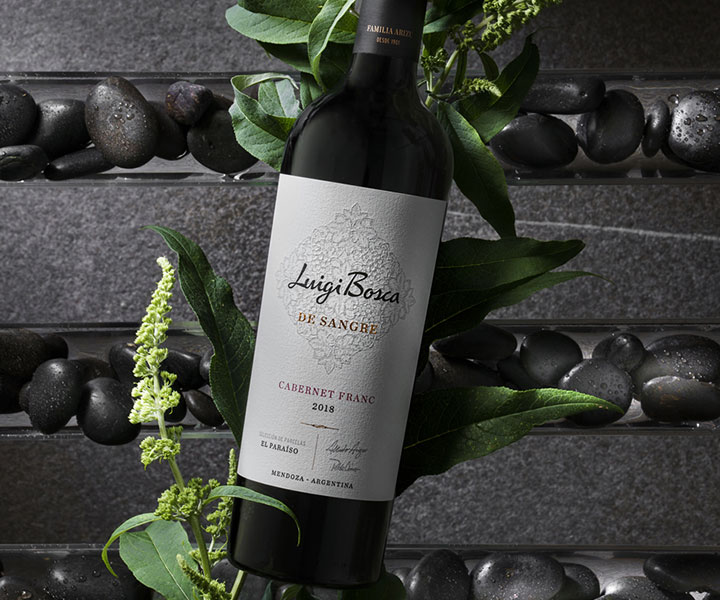Every 4th of December, the whole world celebrates Cabernet Franc Day, one of the world’s most planted varieties, whose wines gained ground in Argentina in recent times.
The Cabernet Franc variety is native to the Loire Region, in central France, and alongside Cabernet Sauvignon and Merlot, the three make up the celebrated “Bordeaux blend”, the typical red blend born in the Bordeaux terroir. Nonetheless, in many other French regions (and especially in its native home town, Loire), it has also been vinified as a varietal for centuries. Although French Cabernet Sauvignon continues to be internationally acclaimed, the cultivation and vinification of this variety spread across the Old and New Worlds, where it has been recently planted in Australia, South Africa, Chile, New Zealand and Argentina.
In our country, Cabernet Franc is currently present in a little more than 1500 hectares of vineyards. However, in the last five years, its consumption noticeably increased, and with it its plantation. While in the past it was just used to add freshness and new aromas and flavours to a blend, it also gave rise to great varietals in the different Argentine terroirs.
Just as it happens with Cabernet Sauvignon –which was born from the natural crossing between Cabernet Franc and Sauvignon Blanc–, there is an aromatic organic compound that is part of its identity: pyrazine, reminiscent to bell pepper. Even though both varieties provide well-bodied wines of firm tannins, Cabernet Franc is fresher, more sober and delicate, featuring a vegetal note and herbaceous and wild aromas, such as eucalyptus and menthol, which are characteristic of this varietal.

The Cabernet Franc variety is native to the Loire Region, in central France, and alongside Cabernet Sauvignon and Merlot, the three make up the celebrated “Bordeaux blend”
Overall, Cabernet Franc wines are highly appealing, both in aromas and flavours, with notes of pepper, red and black fruit, spicy hints, and even a floral aftertaste in some cases. These are full-bodied wines of excellent structure, with firm and very versatile tannins to pair different meals. Given its agile body and balanced acidity, they are great accompaniments to simple, everyday dishes, such as pasta al filetto, pizzas and milanesas. Anyway, it also enhances the complex taste of game meat.
At Luigi Bosca, our Cabernet Franc vines are planted in Finca El Paraíso (Maipú), 720 metres above the sea level, and in Finca Los Nobles, situated in the district of Las Compuertas (Luján de Cuyo), at an altitude of 1026 metres. We harvest the grapes to make the De Sangre Cabernet Franc varietal, a wine of great character and varietal typicity, marked by its spicy profile, in the 25-year-old vineyard located in El Paraíso.
The grapes grown at Finca Los Nobles are used to make the Finca Los Nobles Cabernet Bouchet wine, a blend that results from the natural crossing between Cabernet Sauvignon and Bouchet (Cabernet Franc’s previous name). These two wines that are born in the estates owned by the Arizu family are the true reflection of the entire potential of this vine in Mendoza, both to produce varietals and add its so peculiar character to the blends that are made from it.



